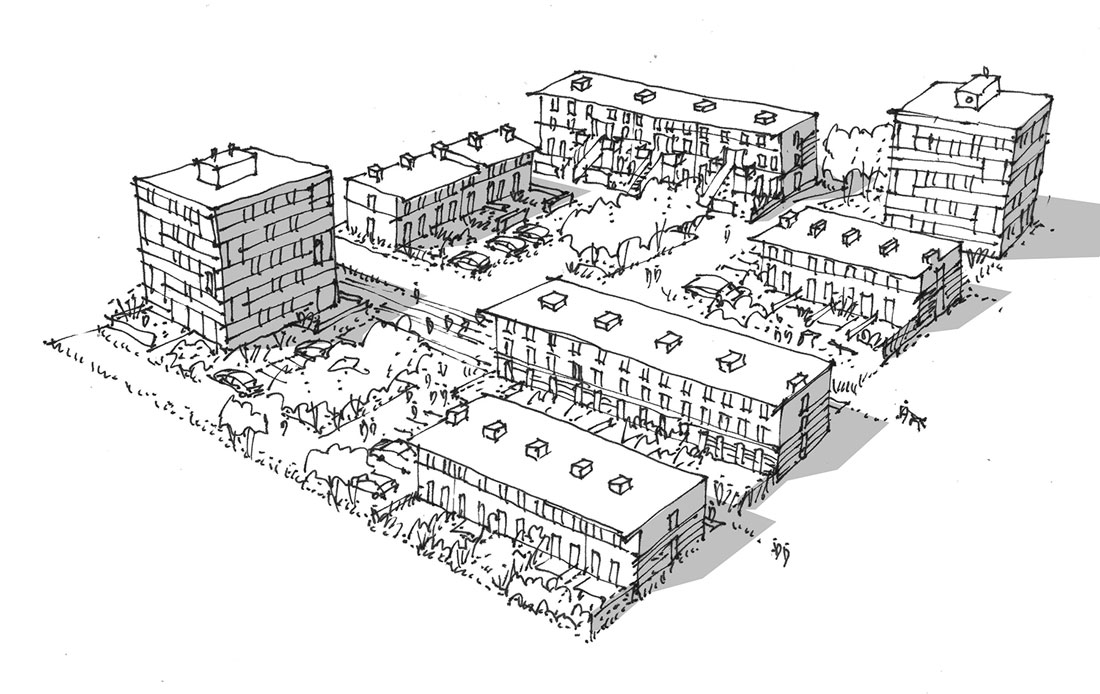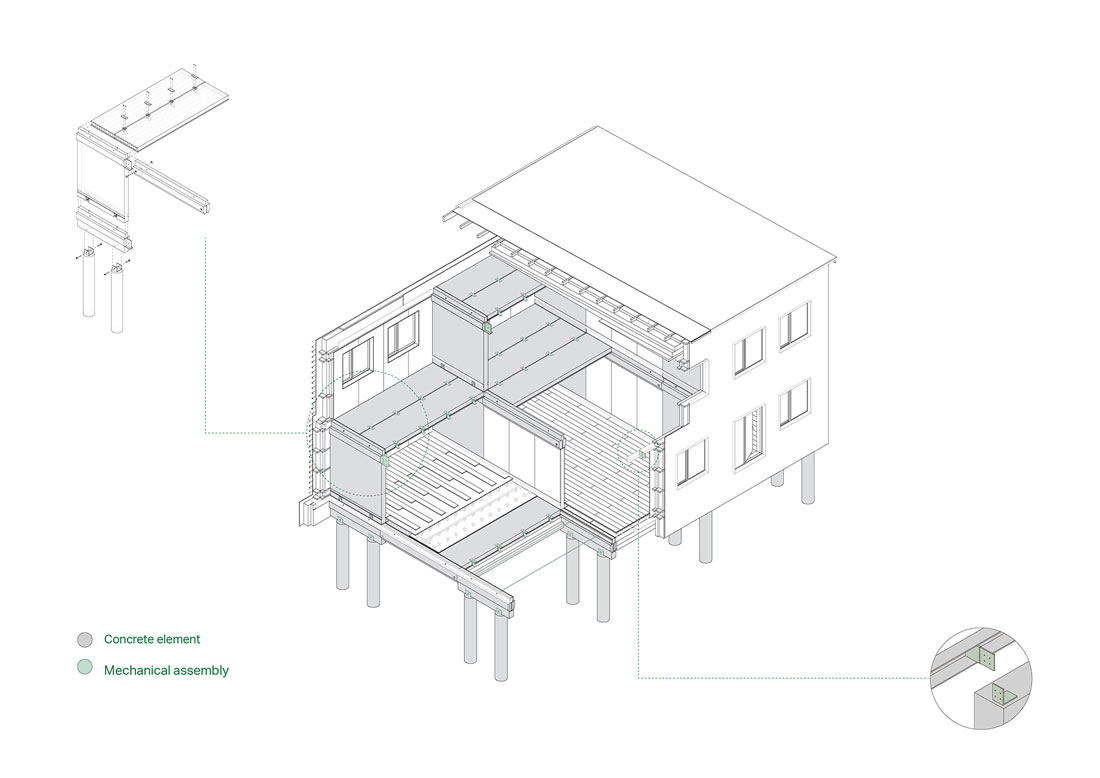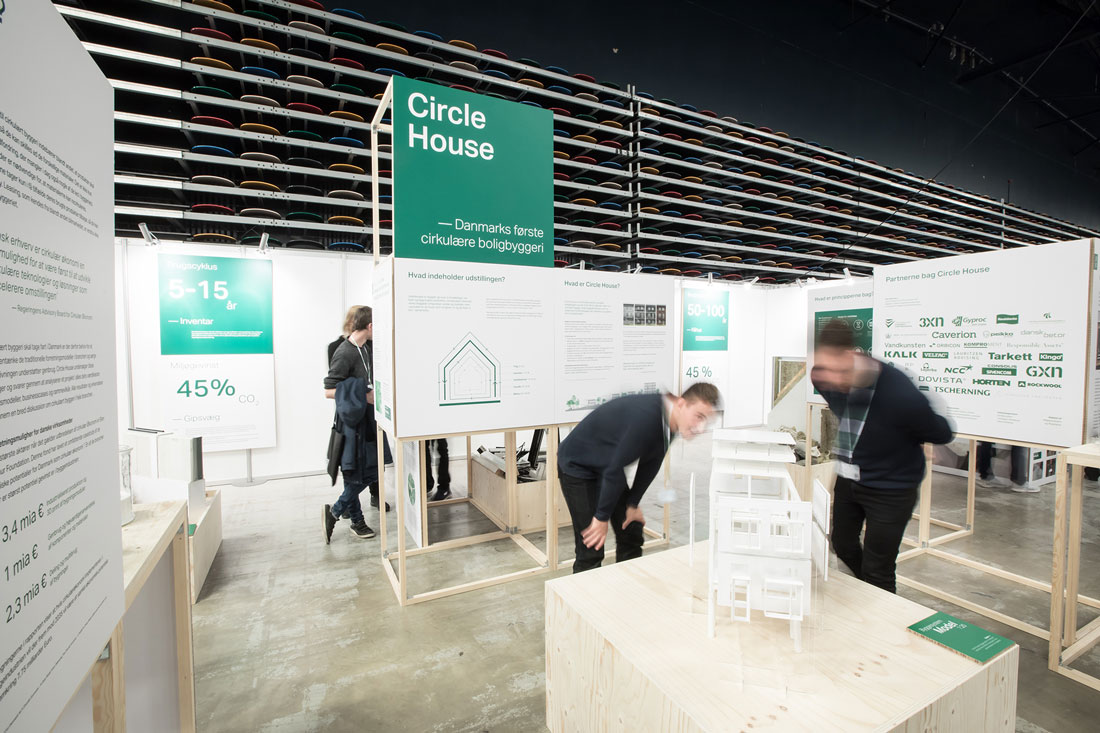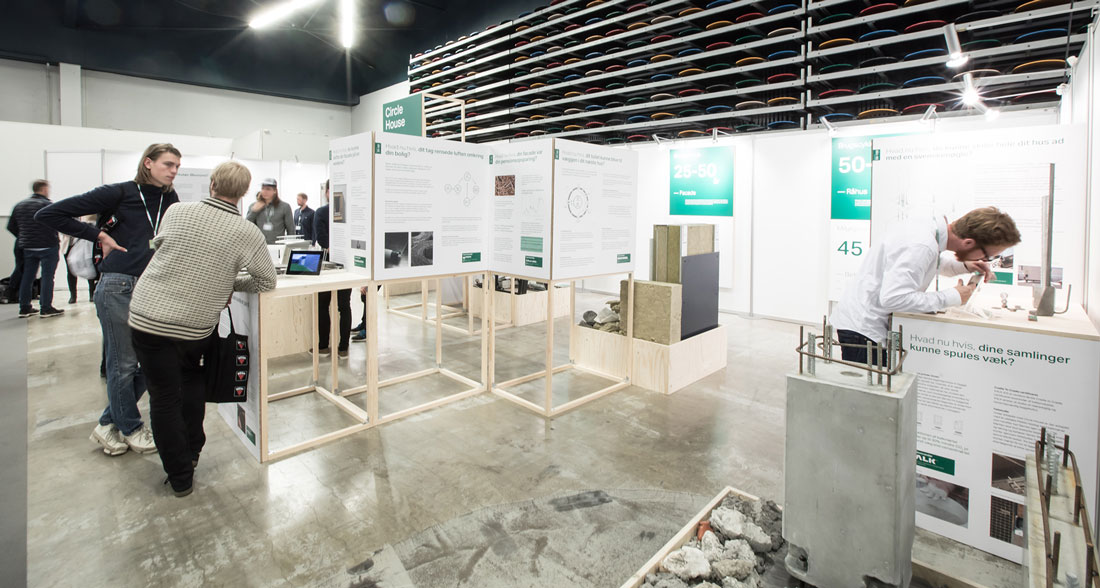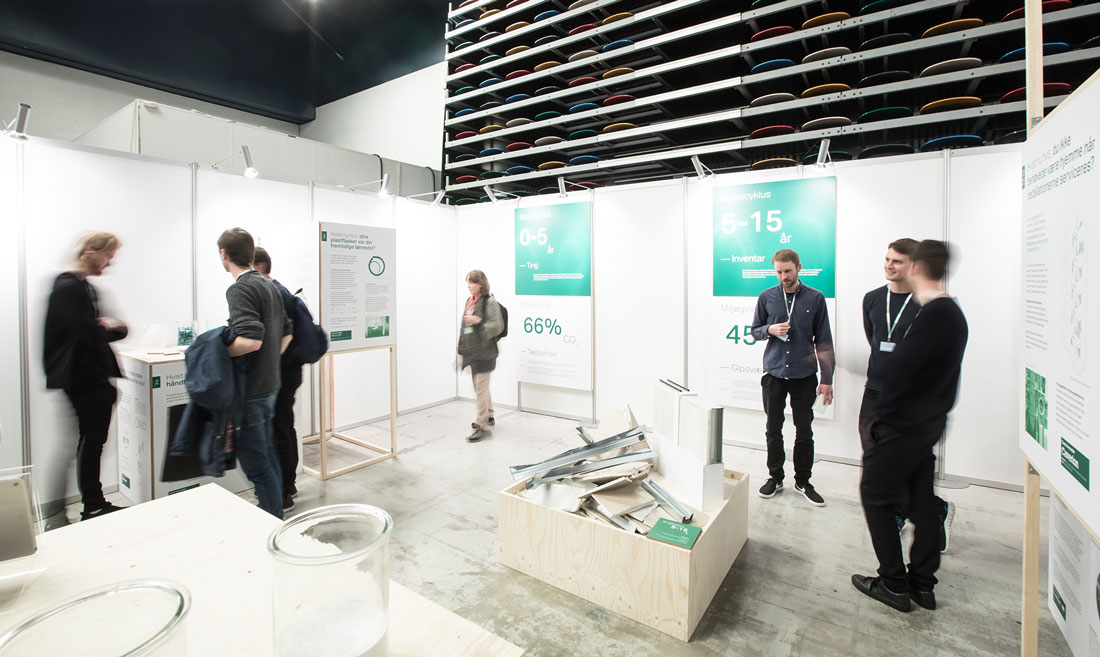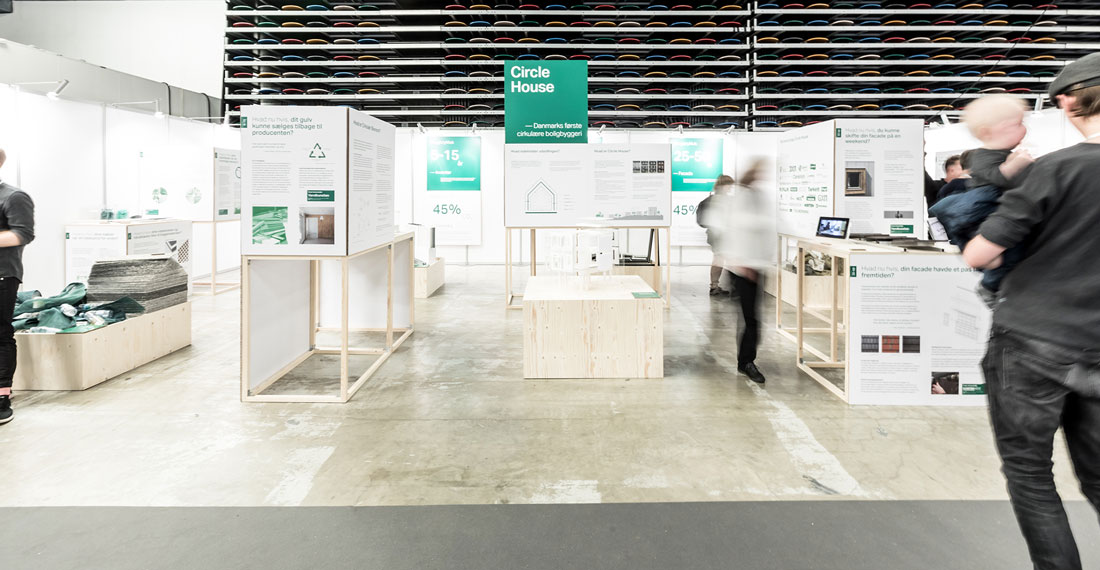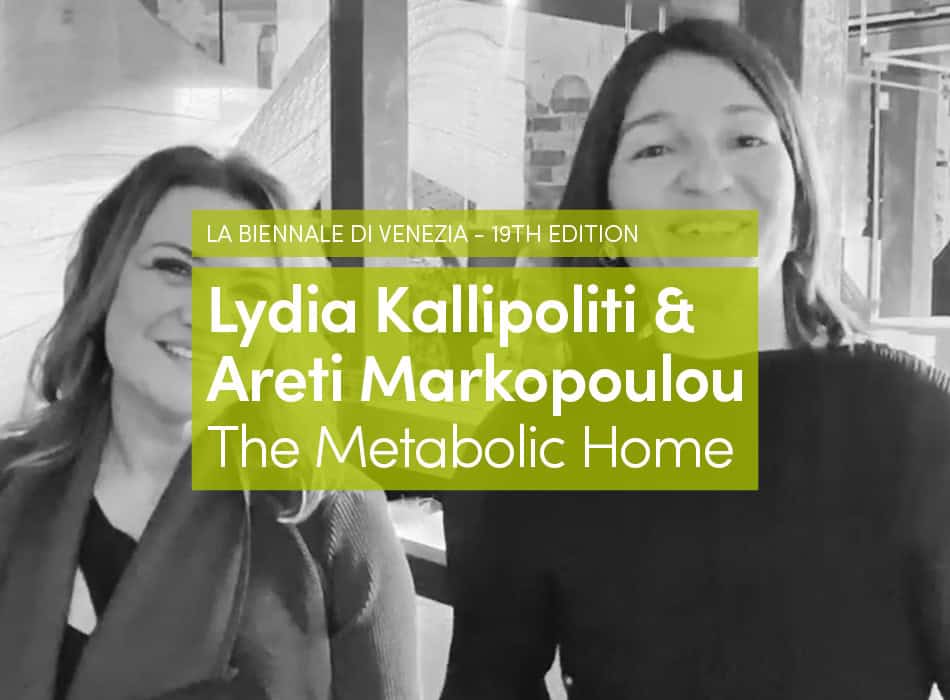The Circle House project consists of 60 general housing units in Lisbjerg, outside Aarhus, which is expected to be completed in 2020. In addition to serving as housing, Circle House is a scalable demonstration project that can give the building industry new knowledge about circular construction. Circle House consists of a range of building systems that can be assembled, disassembled and reassembled into other buildings while keeping their economic and aesthetic values intact.
The objective is that 90% of the materials being used for the buildings can be reused without losing significant value. A wide range of materials can be used in the project; the key is the approach rooted in the principles of design for disassembly and circularity. Since this system is the crucial aspect, great architectural freedom is achieved in terms of material selection in circular construction.
The project will be built in the new residential area ‘Lisbjerg Bakke’, located in the north of Aarhus, currently undergoing a sustainable development plan. The residential typologies are a mix of two- and three-story terraced houses and five-story tower blocks. The super structure of the three different typologies is built from the same six concrete elements, optimized for a quick construction, disassembly and reuse.
Cross-industry collaboration
In order to transform the building industry into a circular building practice, the entire value chain of the industry needs to be engaged. The Circle House project involves more than 30 Danish companies across the entire industry.
The Circle House project aims to develop, propagate and anchor knowledge about circular construction in the industry. As an example of this, the architectural development of the project was undertaken by a so-called ‘collaboration studio’, a joint team consisting of four companies with sustainability as their foundation: Vandkunsten, Lendager Group and 3XN Architects, with the professional facilitation and coordination of GXN Innovation.





